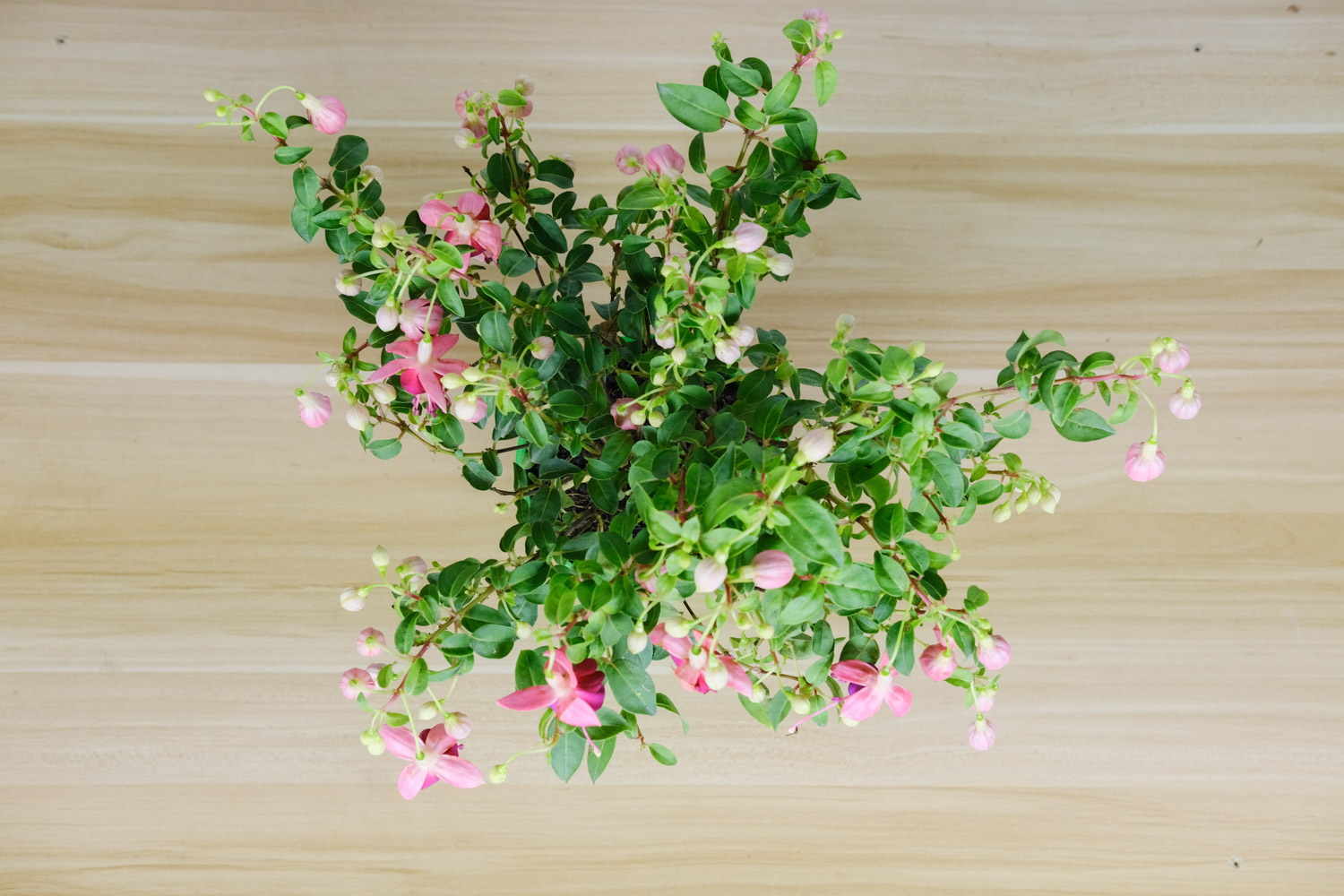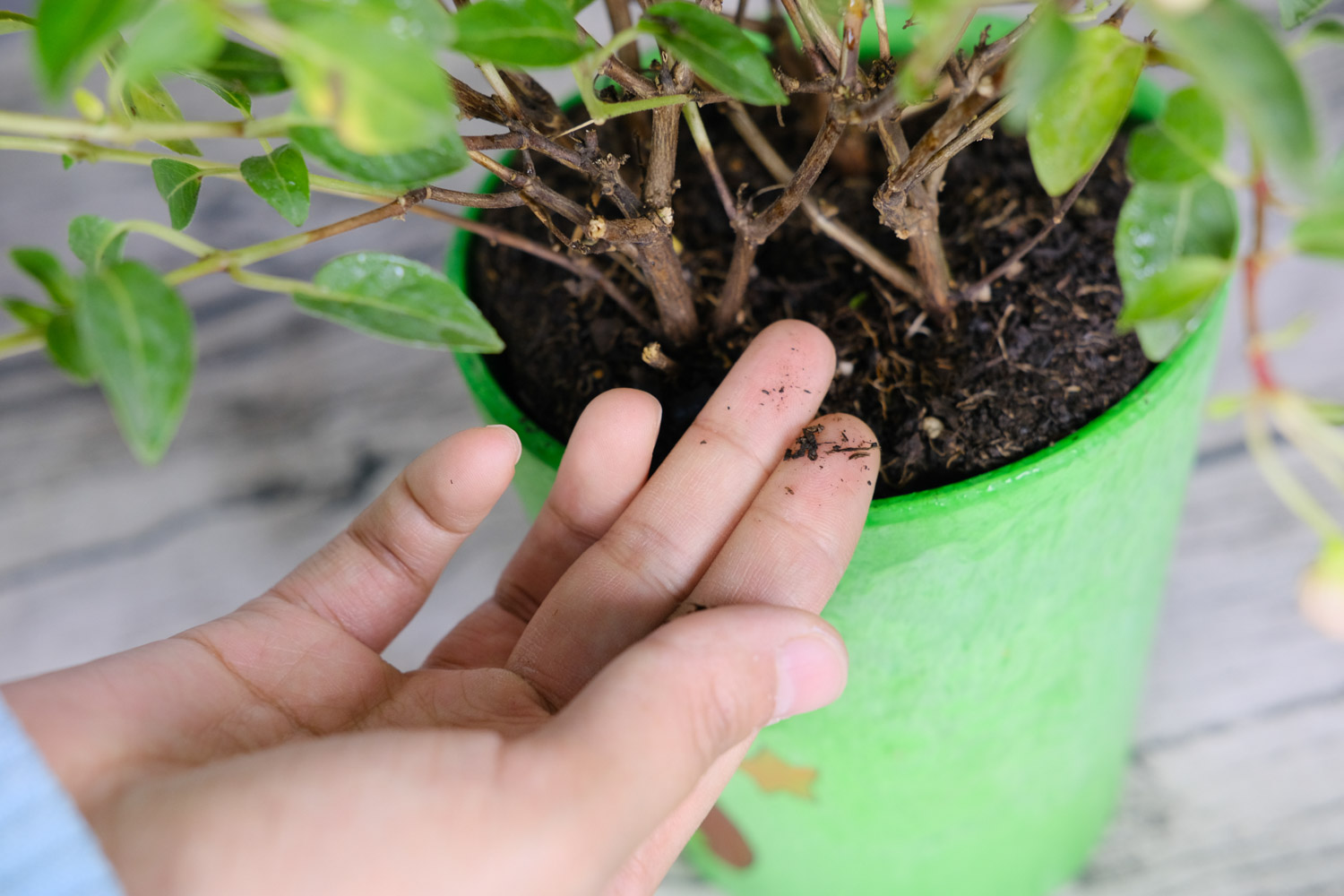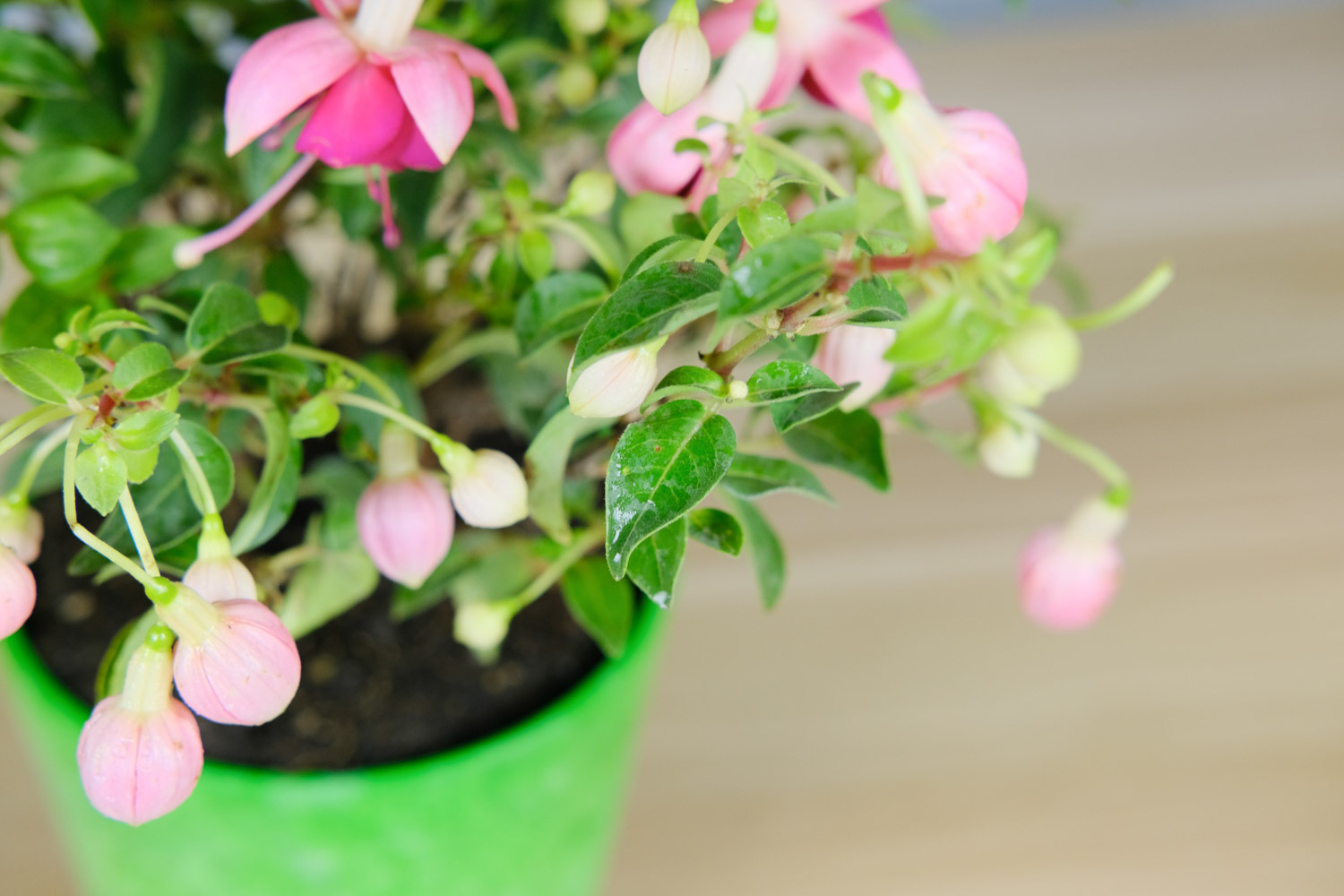1. Breeding environment
(1) Soil: the main requirements are good drainage, fertility and looseness. Garden soil, humus soil and farmyard fertilizer can be used in a ratio of one to one. There is no need to add base fertilizer to avoid rotten roots
(2) Fertilization: fertilization is required during the growth period and flowering period. Use the fertilizer containing phosphorus and nitrogen every ten days or so. But the concentration should not be too high
(3) Watering: keep moist during growth. However, in the flowering period, if it is too wet, it will cause falling flowers and leaves, so it is necessary to strictly control the water. In addition, when the temperature is lower than 10 degrees in winter, water should also be controlled

(4) Temperature: plants like warmth, preferably in the range of 15 to 25. Below five degrees will suffer from freezing. In order to promote the growth of the next year, the temperature in winter is best around 10 degrees and the lowest is also 5 degrees
(5) Illumination: light is required, but not too strong. It is usually placed in a place with bright light and is shaded by too strong light. In addition, long-term irradiation is not good

2. Change basin and loosen soil
The plant grows fast, and the nutrients in the soil are easily insufficient, so the pots need to be changed regularly. Generally, the pots need to be changed every spring, that is, before the peak growth season begins. It is not only necessary to replace part of the old soil with new soil, but also to cut off the old and rotten roots. The selection requirements of new soil remain unchanged. As for soil loosening, it can be carried out in spring and autumn


 how many times do yo...
how many times do yo... how many planted tre...
how many planted tre... how many pine trees ...
how many pine trees ... how many pecan trees...
how many pecan trees... how many plants comp...
how many plants comp... how many plants can ...
how many plants can ... how many plants and ...
how many plants and ... how many pepper plan...
how many pepper plan...





























